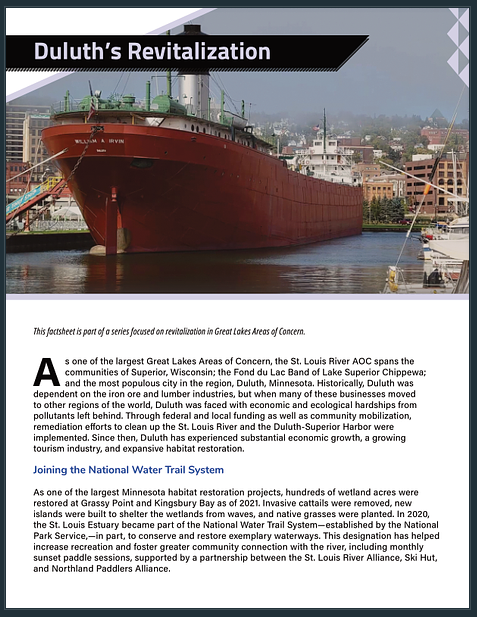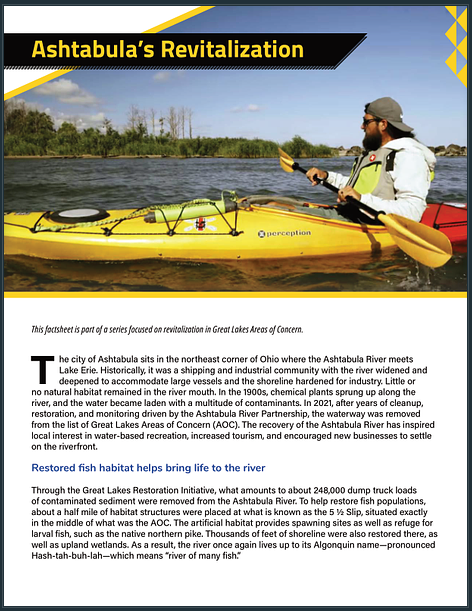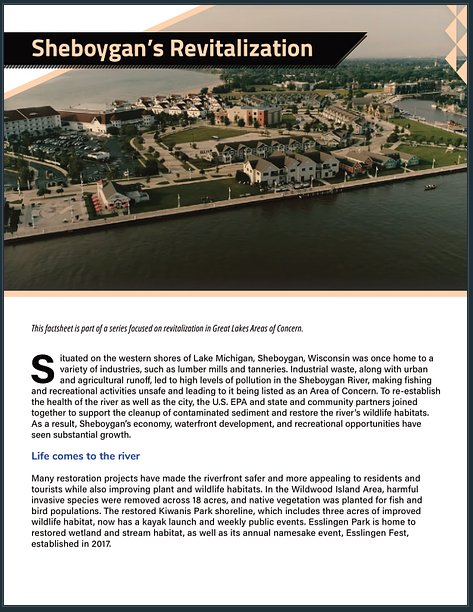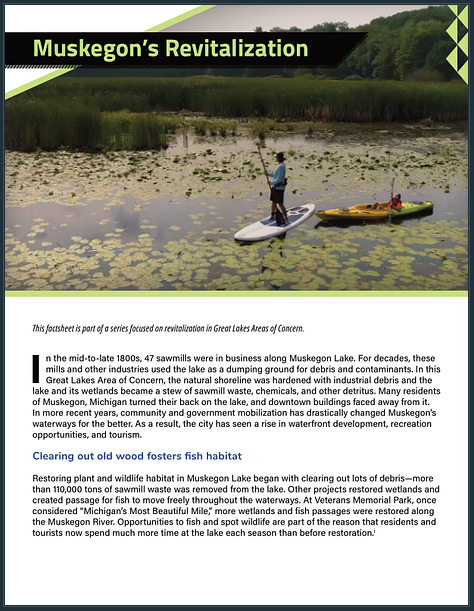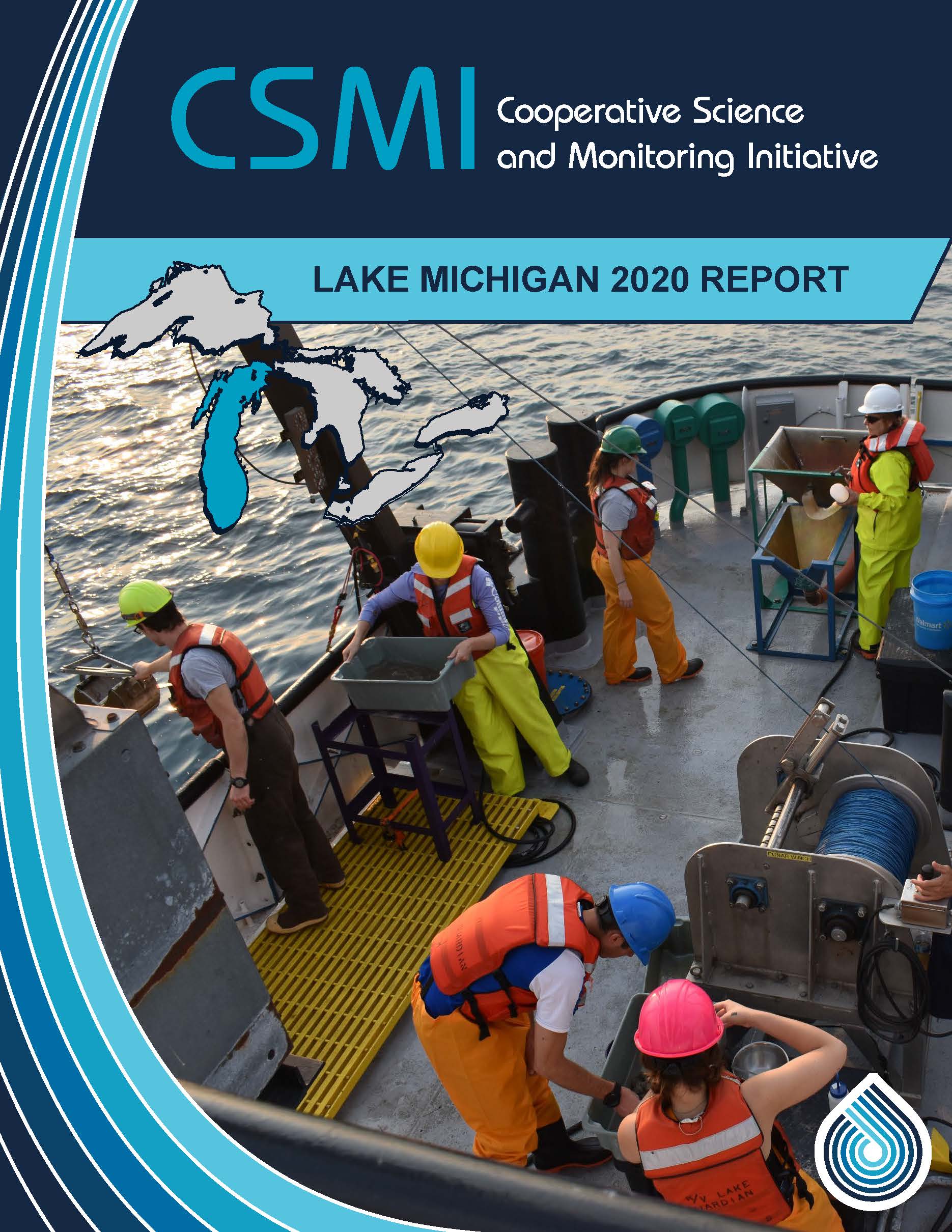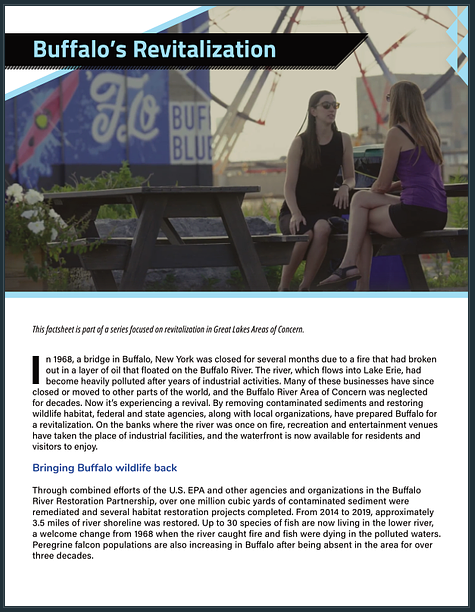
File Size: 1.80 MB
A Great Lakes Area of Concern, the Buffalo River in New York has undergone a cleanup through the Great Lakes Legacy Act. As a result, the city of Buffalo has seen environmental, economic, and quality of life benefits.
Sources
- Great Lakes Commission: Assessing the Investment—The Economic Impact of the Great Lakes Restoration Initiative: A Case Study of Buffalo, New York
- International Association of Great Lakes Research: Great Lakes Revival: How Restoring Polluted Waters Leads to Rebirth of Great Lakes Communities (pp. 3-10)
- Buffalo Niagara Waterkeeper [Conversation]
- New York State: Buffalo Billion—Buffalo Blueway
- Buffalo Rising: Completion of $2 Million Buffalo Blueway Public Access Project at DEC Ohio Street Site
- Buffalo Rising: The Newly Renovated Red Jacket Riverfront Natural Habitat Park/li>
- Buffalo News: When the Buffalo River Caught Fire
- Buffalo News: ‘Census Data Shows Buffalo Growing for the First Time in 70 Years
- U.S. Census Bureau: New York 2020/Age and Sex
- U.S. Census Bureau: Buffalo, New York 2010/Age and Sex
- U.S. Census Bureau: Buffalo, New York 2020/Age and Sex

